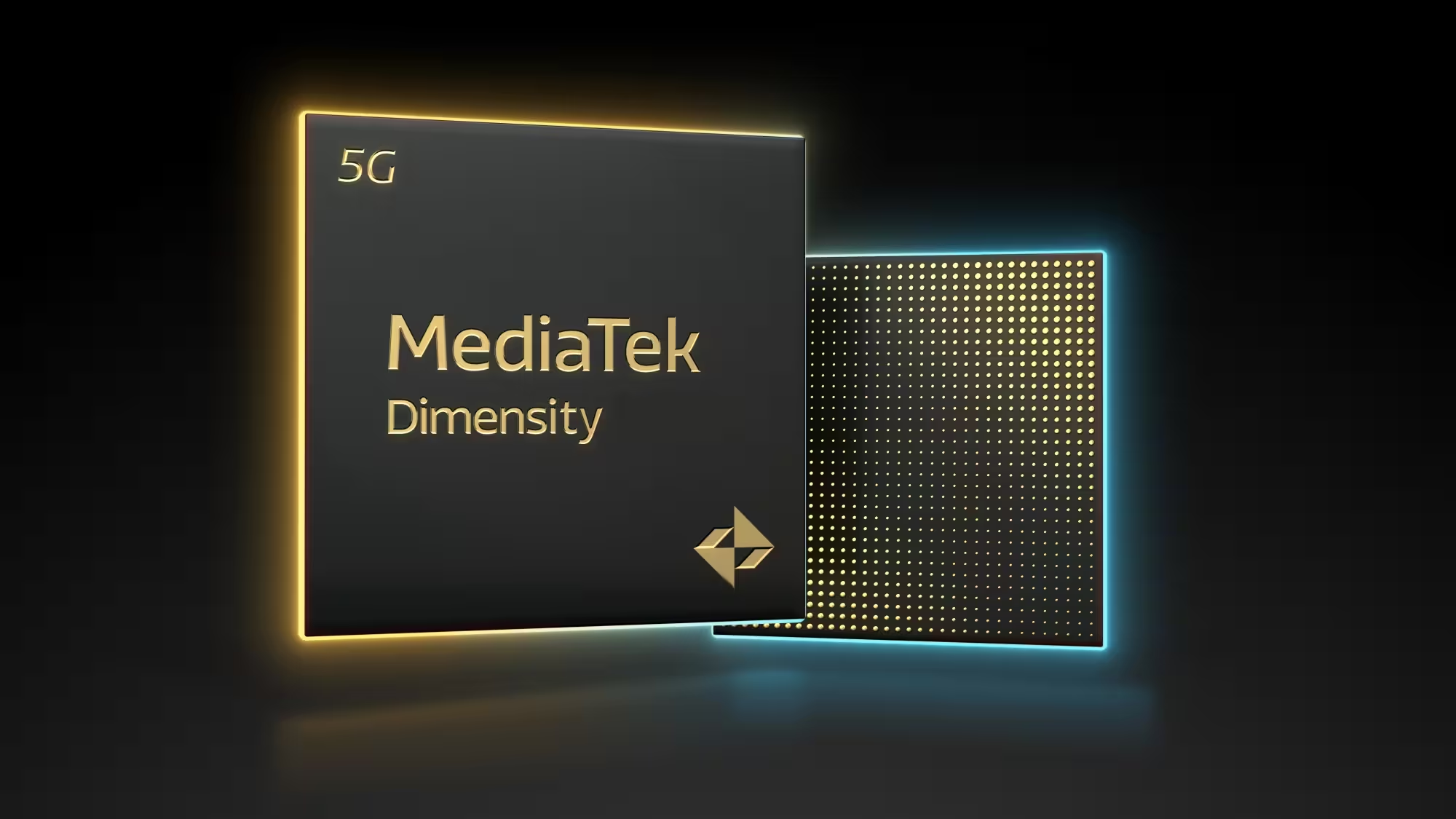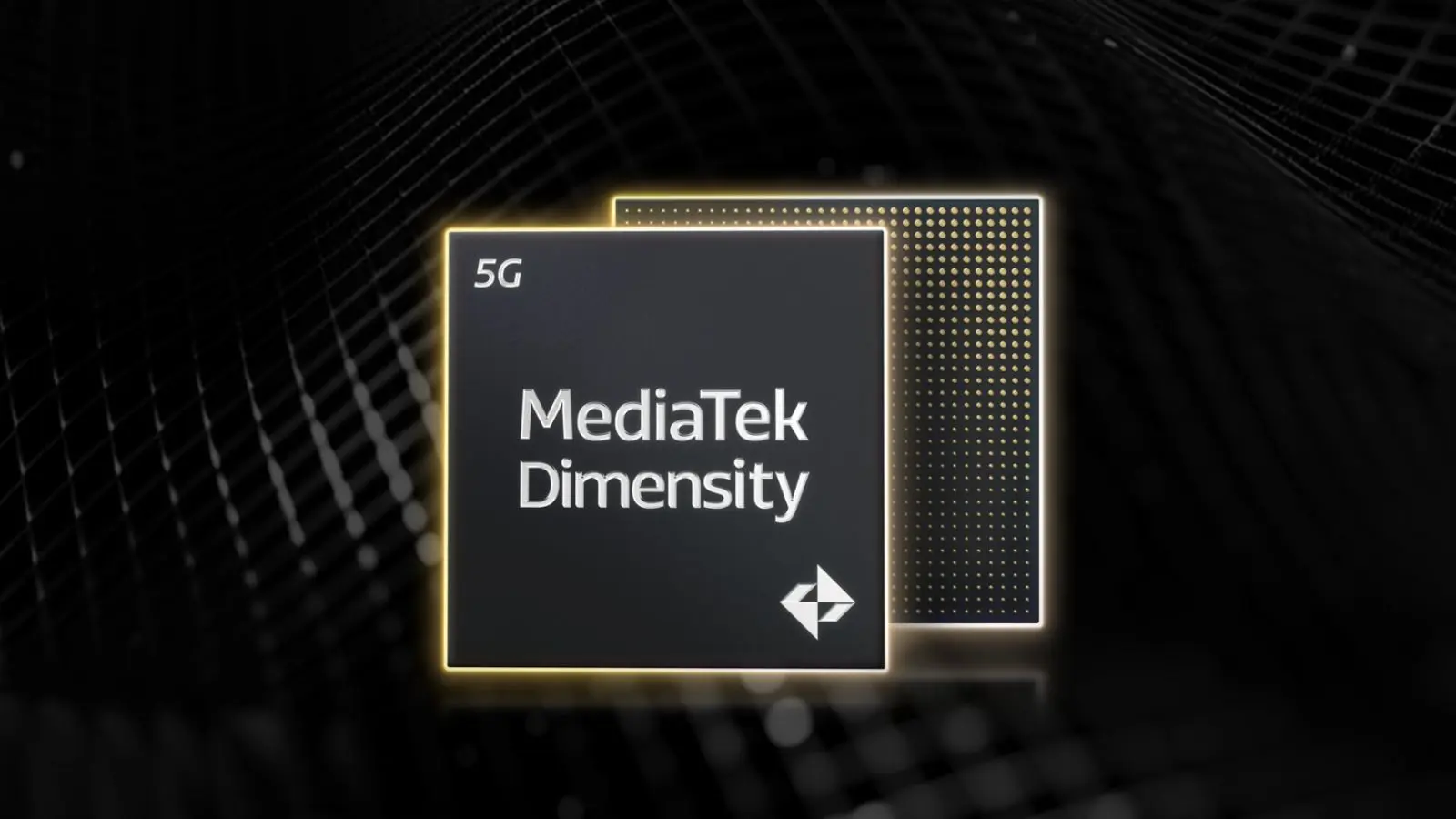3 Minutes
A fresh leak suggests MediaTek’s upcoming Dimensity 9600 will sit squarely between two rumored Qualcomm chips, reshuffling expectations for 2nm flagship silicon. The tip comes from Digital Chat Station, a consistently active leaker in the mobile chip space.
Where the Dimensity 9600 might fit
According to the leak, Qualcomm is preparing two Snapdragon 8 Elite Gen 6 variants: the vanilla SM8950 and a higher-end SM8975 Pro. Both are reportedly built on TSMC’s N2P (2nm) process. DCS says MediaTek’s Dimensity 9600 is likely to land between those two — outperforming the standard Elite Gen 6 but trailing the Pro version.
What that middle ground could mean
- Higher-than-base performance: The Dimensity 9600 may outpace the vanilla Snapdragon 8 Elite Gen 6 in raw benchmarks or sustained workloads.
- Not top-tier GPU or memory: The Pro Snapdragon appears to reserve the fastest GPU and LPDDR6 memory support, areas where MediaTek may not match Qualcomm’s Pro variant.
- Single flagship strategy: MediaTek reportedly isn’t splitting its flagship into multiple SKUs this cycle, sticking with one strong Dimensity 9600 model rather than standard and Pro versions.

Rumors on architecture and process
DCS also indicated that the Dimensity 9600 will likely use the same 2nm TSMC node as Qualcomm’s next chips. For Qualcomm, earlier leaks point to a third-generation custom CPU architecture arranged in a 2+3+3 core layout. The key difference between Qualcomm’s two chips may be GPU tuning and memory: only the Pro model is rumored to support LPDDR6, which could give it a clear edge in graphics and bandwidth-heavy tasks.
Why memory and process matter
Moving to an advanced node like 2nm and adopting faster LPDDR6 memory are more than marketing points — they influence performance per watt, thermal behavior, and sustained throughput for gaming and AI workloads. But they also raise manufacturing complexity and cost.
One report tied to these whispers warns that the combination of advanced process tech and pricier memory could push production costs higher, potentially translating into more expensive flagship phones by around 2027. That’s a real-world trade-off: top-tier silicon gets powerful, but phones could follow the trend toward premium pricing.
So what remains unclear?
- Exact specs for the Dimensity 9600’s CPU and GPU configuration have not been confirmed.
- How MediaTek will tune power and thermals compared to Qualcomm’s custom cores is still unknown.
- Which handset makers will adopt these chips at launch and how pricing will shake out remains speculative.
Leaks like this frame an exciting period for mobile SoCs: manufacturers are racing to squeeze gains from cutting-edge nodes and faster memory, but consumers may soon see those technical advances reflected in higher retail prices. For now, expect more details to surface as companies finalize their 2026–2027 flagship lineups.
Source: gizmochina


Leave a Comment